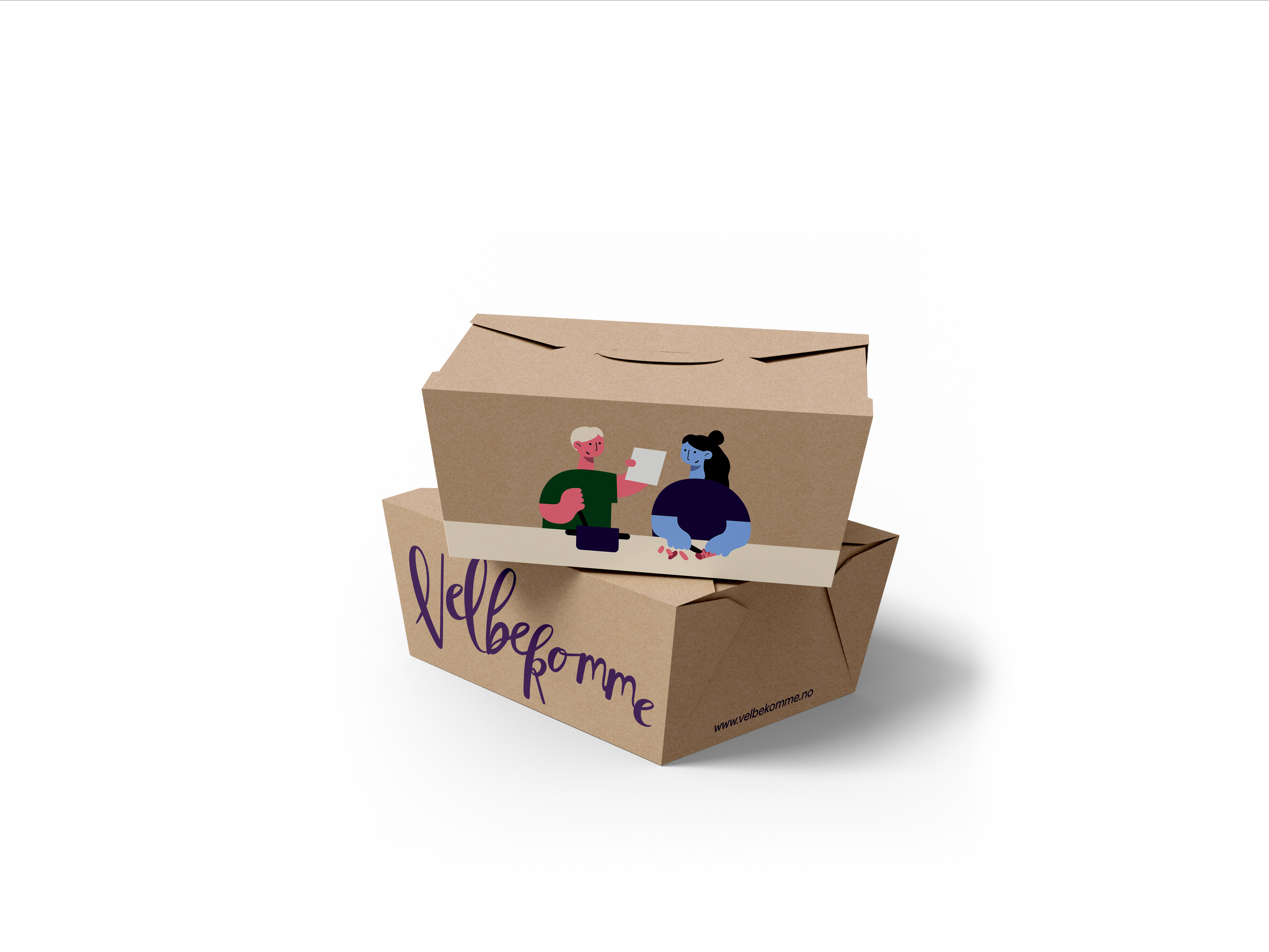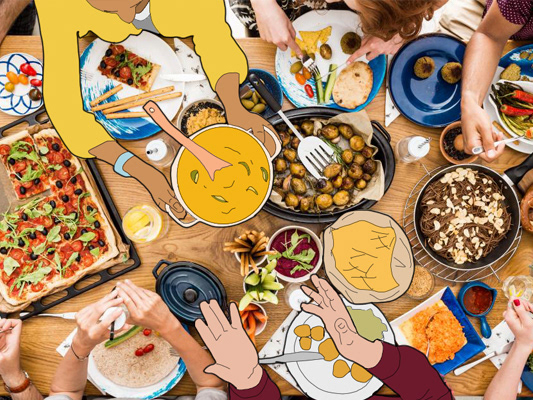We live in a society of fleeting technologies and seductively convenient services. The main focus of this course was brand identity and experience. Our goal was to develop our own brand concept, and convey the values and identity of this brand through the service it provides, and the experience of its customers.
Today’s cycle of clothing production, use & disposal is dangerously wasteful. Non-renewable resources are used to produce clothes with little concern for durability, made to fulfil temporary consumer desire for short term trends, which in most cases end up in landfill sites, where they decompose extremely slowly, or are burnt.
Under use of clothing is a massive problem. But even if the current system is not working efforts are now being made to reduce the ramifications of this linear system. This system is no longer sustainable: It demands expansion, consuming precious, finite resources, creates vast amounts of textile waste, ignoring the potential for the reuse & recycling of clothing and takes little to no responsibility for its severe environmental impact. In a circular economy clothes would be cleaned, repaired and then redistributed. But this demands durability. By using clothing, textiles and fibres of a high quality we can not only achieve longer use, but clothes that can re-enter a circular economy to exponentially reduce waste. Making durability more attractive, accessible and affordable will help save valuable natural resources.
Today's clothing production is linear; you produce, use and throw away. We wanted to create a solution where one could make this more circular. Well-known Brands can to a certain extent be visible and be held responsible, but workwear is often made by "invisible" brands and are often cheap. The feeling of powerlessness, producers who can not be held responsible, and the fact that the responsibility is shifted to consumers was something that recurred. By getting companies to do something, it can have a positive effect on consumer behavior as well.
In recent years more sustainable practices have been gaining traction within the fashion industry, as consumer awareness & demand for more environmentally conscious products has increased. The fashion industry is responsible for a large proportion of textile production, but brands that aren’t well known or that produce workwear can escape this scrutiny and sell clothing without being held to account. We have been looking at a way to reuse socalled profile wear. By profile wear we mean printed clothes with logos or other messages on them. These are most often made for short term use by which we mean they are used for as little as a day and then thrown out. Talking to businesses, users and experts have been key to building a service that works for all three of these groups. We have made mockups, run workshops and carried out interviews to gather information and then test our findings. The result is an alternative to the current practice. We have built a service that meets the needs and desires of companies and their employees. It is a service that builds a circular alternative to the current linear system with a rebrandable t-shirts rental service.
We were asked to choose a topic that inspires us and that we wanted to learn more about. Many of our initial ideas centred on recycling and sharing, a very broad & fluctuating field. Out of the crowded & competing options we decided to focus on the reuse of workwear. At the beginning it was overwhelming and difficult to narrow in on a single concept but the choice seems obvious now. Studying the preservation of natural resources through recycling & reuse felt fulfilling and important to us. Our main priority in this project was to talk to users and experts, above all to educate ourselves on the textile industry & inter industry communications, areas of knowledge that were somewhat new to us. To begin with we acquainted ourselves with the everyday realities of the textile industry. We were shocked & appalled by the extent of modern day slavery, child labour and the disregard for the environment. The experience has been eye opening. We looked at our own wardrobes and shamefully whispered to each other about how many garments we owned. Later in the project, as we became better informed, we often talked about our changing habits and views on textiles and shopping. Yet the whole textile industry feels so large, overwhelmingly complicated and difficult to change. We talked to all these people working hard to do things differently and became very inspired. We knew couldn't fix everything, but we could examine the system and identify trends & potential changes in the textile industry. It felt like a small step, but the more we refined our service the more palpable and possible this change in part of the system seemed. All the necessary elements for our service to work are here, and we are convinced that one day we will see a service like it, maybe we’ll even be part of it.




